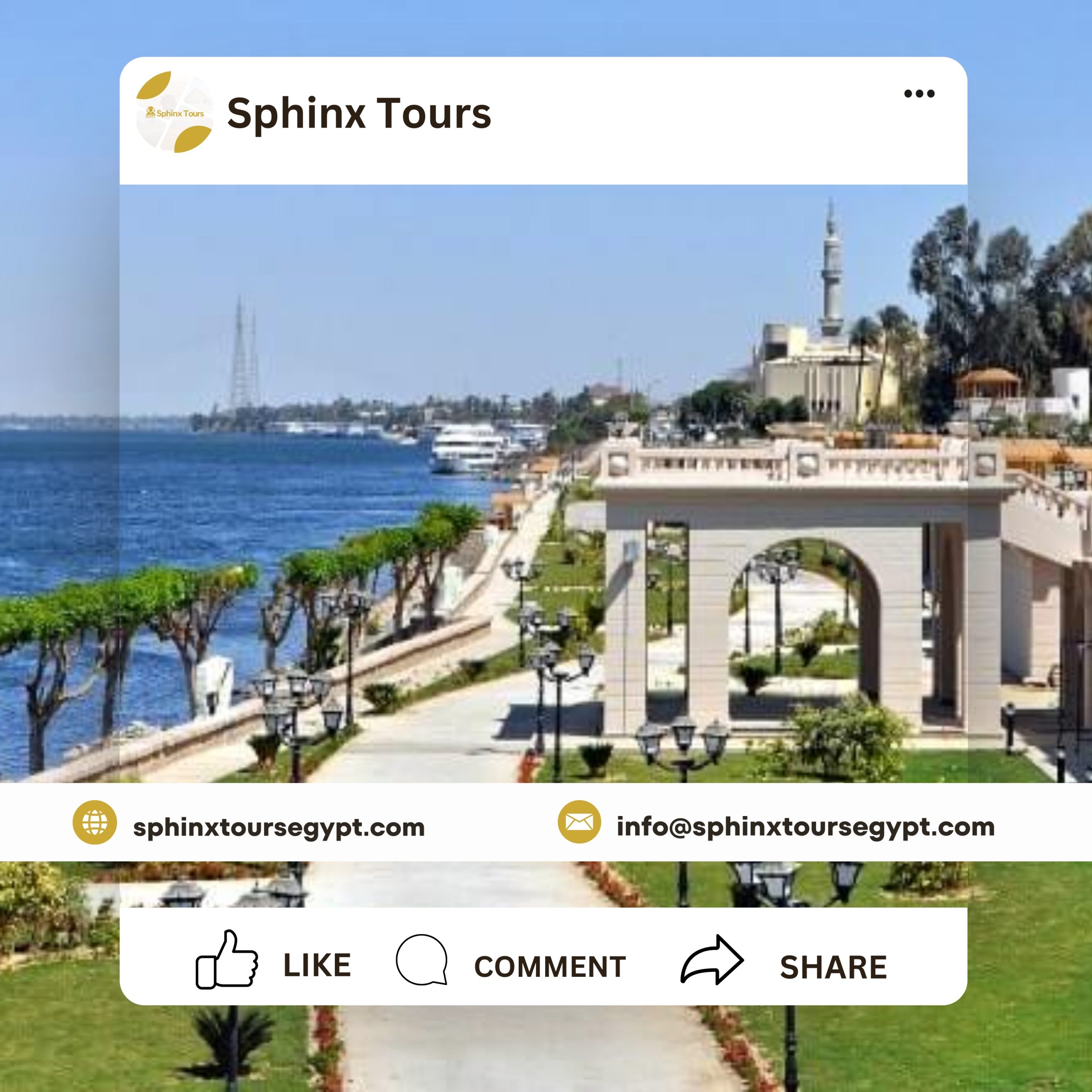The ancient Omari Mosque
The ancient Omari Mosque in Esna, south of Luxor Governorate, or Al-Omari as the locals call it, is considered one of the greatest historical and heritage mosques in Upper Egypt. Its construction dates back to the year 474 AH, when it was built during the reign of the Fatimid Caliph Al-Mustansir Billah. The Caliph named it “Al-Omari Mosque,” in honor of the Mosque of Amr ibn al-Aas in Cairo. It is the same name that was given at the time to most of the large mosques built during the Fatimid era in southern Egypt, such as “Al-Omari Mosque” in Qena and “Al-Omari Mosque” in Aswan. With the advent of the holy month of Ramadan every year, the men of the Esna and Armant Antiquities Administration carry out development and renovation operations inside the mosque in cooperation with the people of the region who love the large historical heritage mosque, as the ancient mosque in Esna does not remain in an advanced position among the mosques, so much so that it was called for a period of time “Al-Azhar of Upper Egypt” due to the enormity of its building and the fact that it contains huge “granite columns” and it was a large center for knowledge and memorization of the Book of God.
Minaret
The minaret was exposed to many factors that caused many signs of damage, such as water leakage after the construction of the Esna Barrages through gaps in the soil below the city, including the soil supporting the minaret, in addition to the construction of drainage rooms next to its southeastern side. When the 1992 earthquake occurred, the road was prepared to create a clear inclination towards the southeast, which was remedied by making “iron solids” to avoid increasing the inclination and prevent its collapse. The minaret remained in this condition for ten years before the “iron solids” were removed from its body to maintain its inclination, but in an unshakable stability, and to become one of the rare buildings in Egypt, as it is in a state of constant inclination, as a comprehensive restoration program was implemented to keep the minaret in this condition. This program consisted of a group of piles to transfer the loads of the minaret after the decomposition of its original foundation materials, and the surrounding soil was injected with chemically treated cement materials to fill the gaps so that it would be more resilient and safe. He explained that the memorial plaque for the construction remained The minaret, which is fixed to the left of the mihrab, is written in Kufic script and its text is: In the name of God, the Most Gracious, the Most Merciful (The mosques of God shall be maintained only by those who believe in God and the Last Day and establish prayer and give zakah and do not fear except God – it is expected that those will be among the [rightly] guided). The construction of this minaret was ordered by the noble chosen one, Fakhr al-Mulk Sa`d al-Dawla, Taj al-Ma`ali, Dhu al-`Izz ibn Husam, Commander of the Faithful, Abu Mansur Sartkin al-Juyushi, may God support him and grant him victory and provide him with good assistance, in the months of the year four hundred and seventy-four, seeking the pleasure of God and His reward and the hope of the afterlife and security from His punishment and to be gathered with his followers, may God’s prayers be upon them all and have mercy on those upon whom He has mercy. Amen, O Lord of the worlds.
The Ministry of Endowments, headed by Dr. Ali Gomaa, Minister of Endowments and Chairman of the Supreme Council for Islamic Affairs, organized a competition about Egypt for thought leaders to prepare a media center in the major mosques in the governorates under the patronage of President Abdel Fattah El-Sisi, President of the Republic. In Luxor Governorate, the ancient historic Esna Al-Omari Mosque and the Sayed Youssef Mosque in Karnak were chosen.


0 Comment